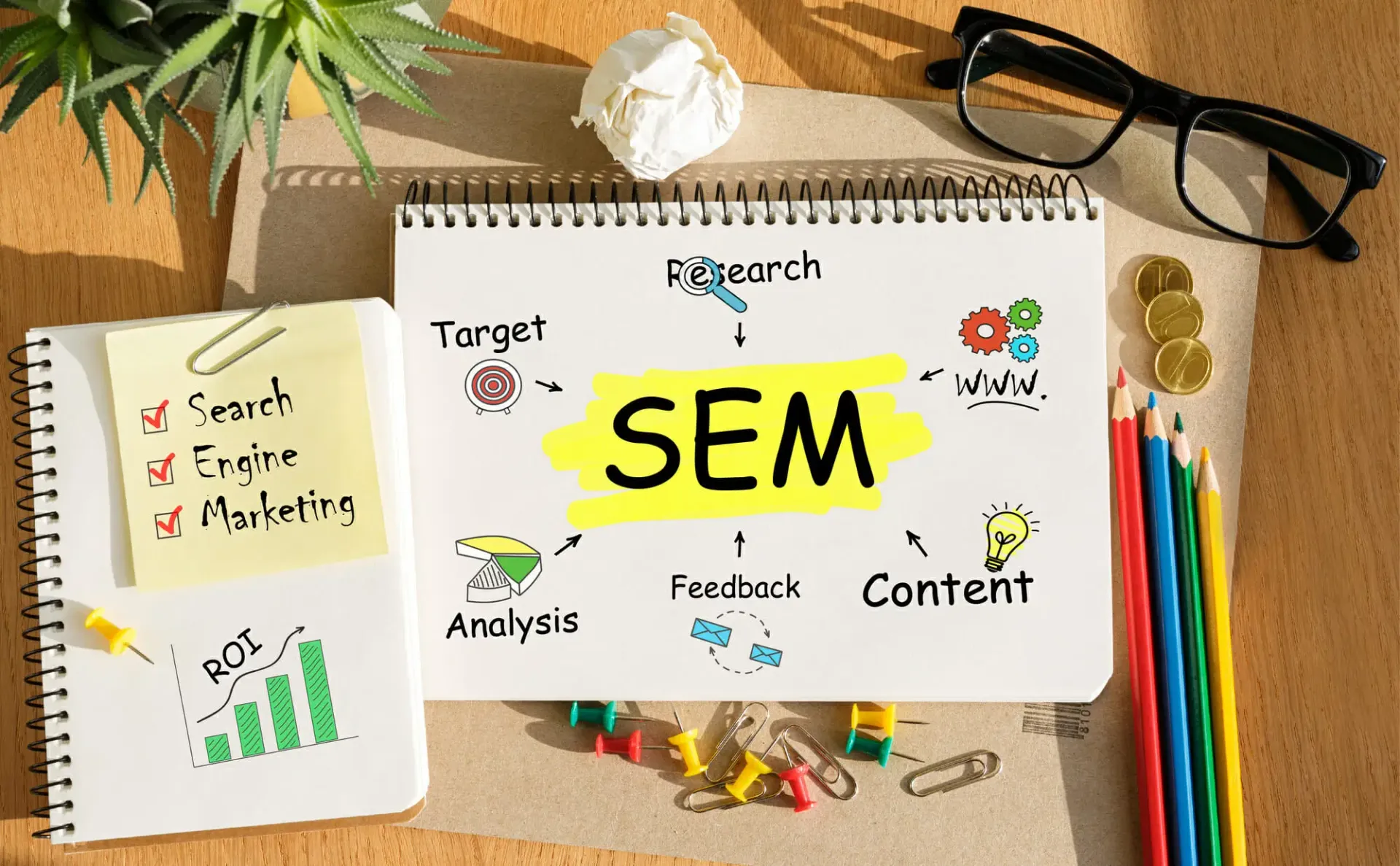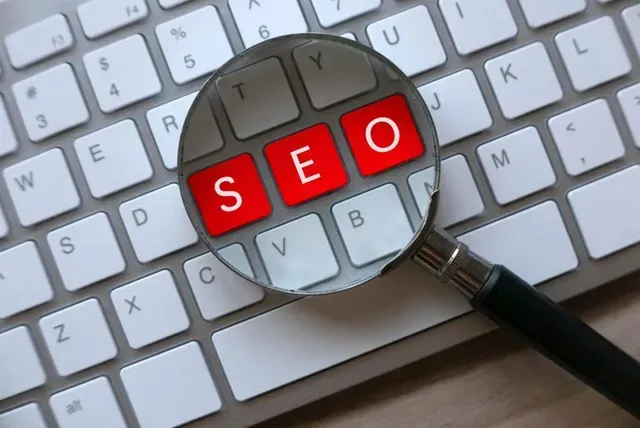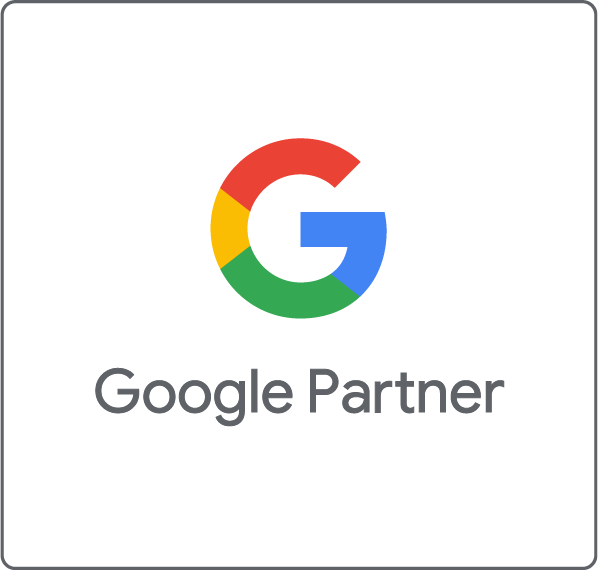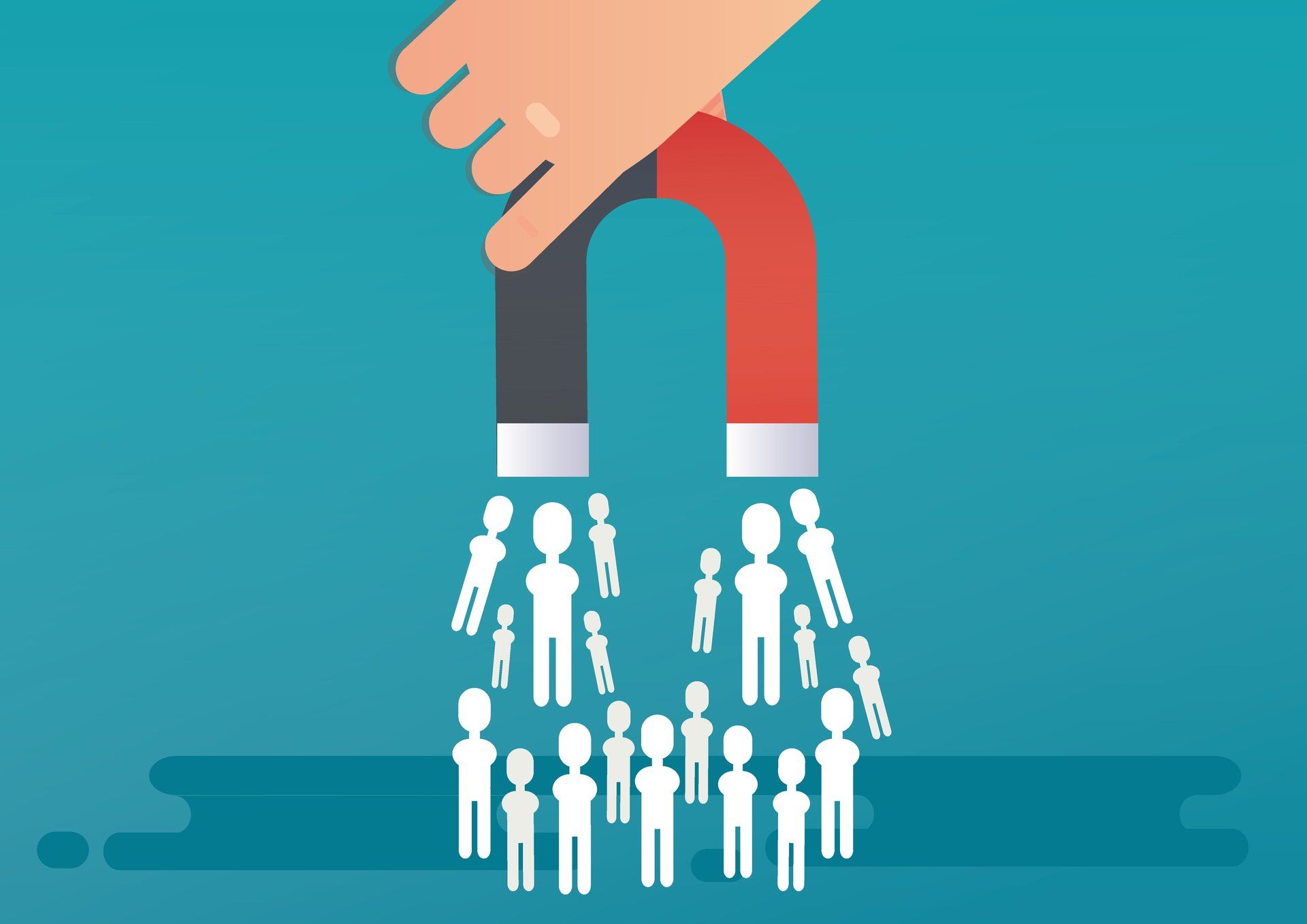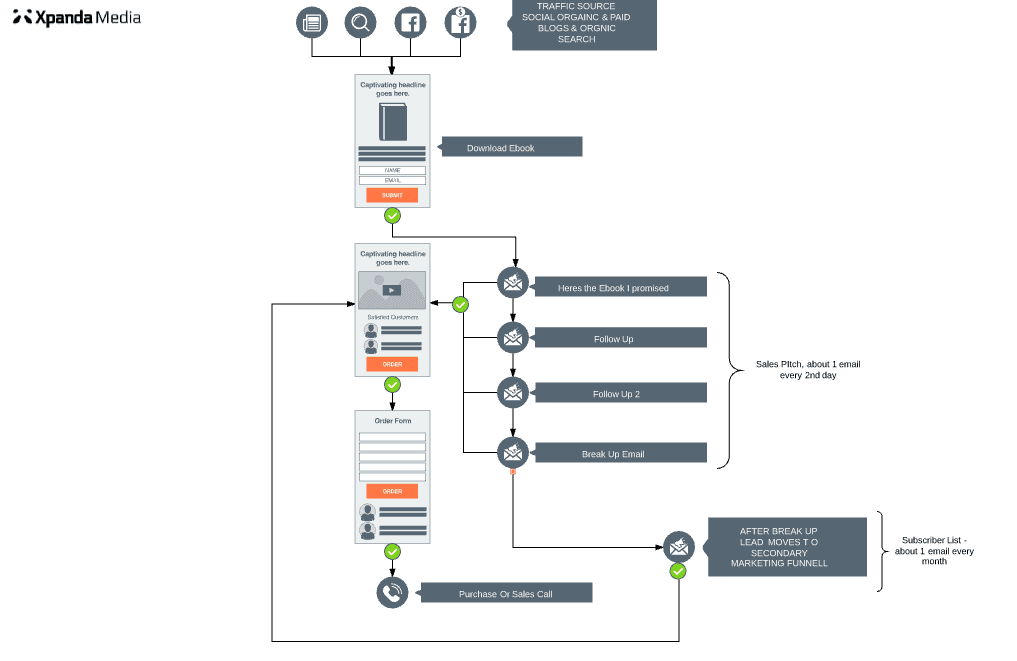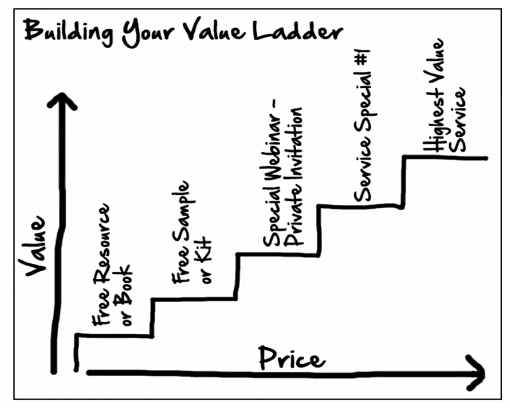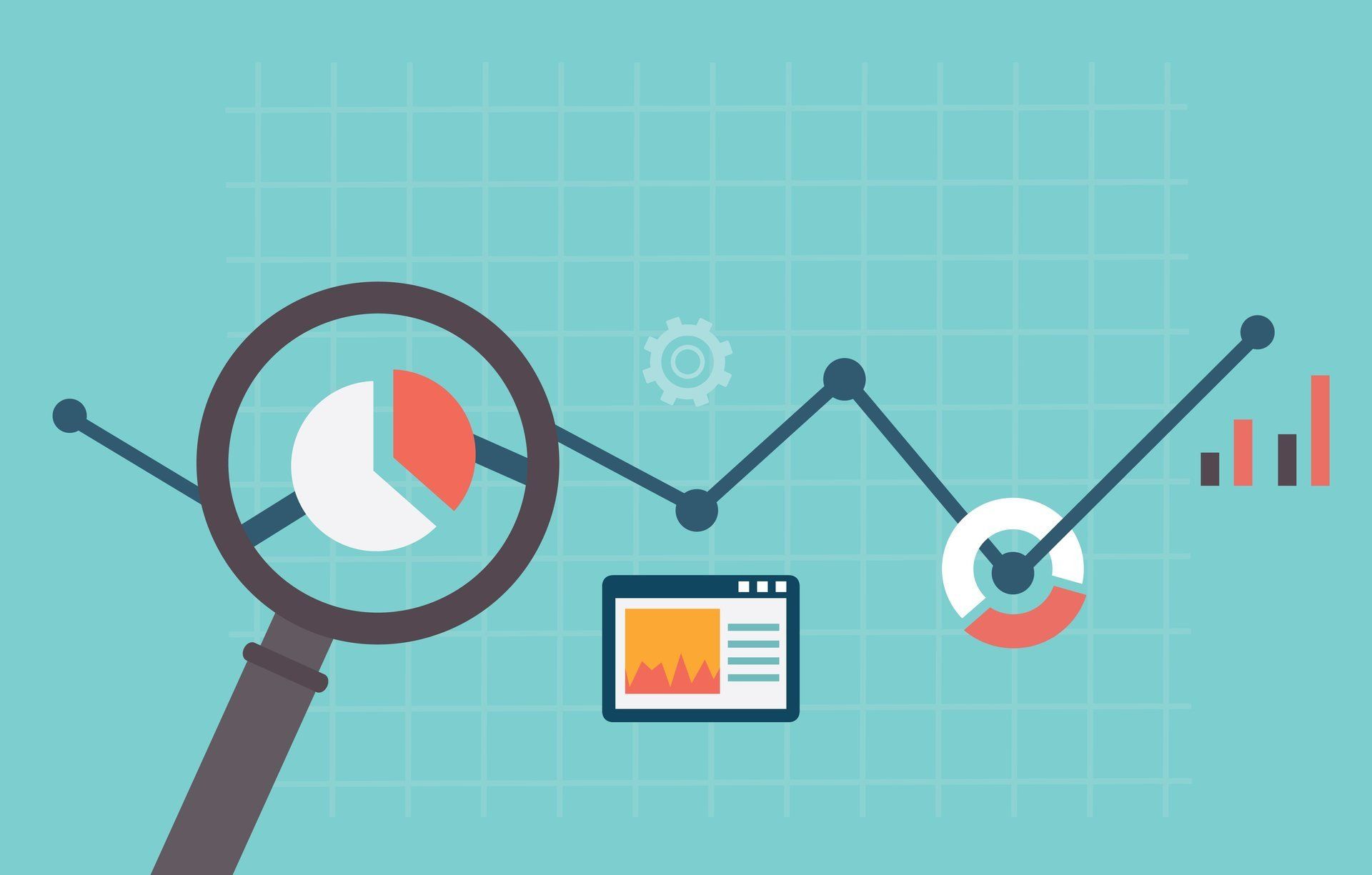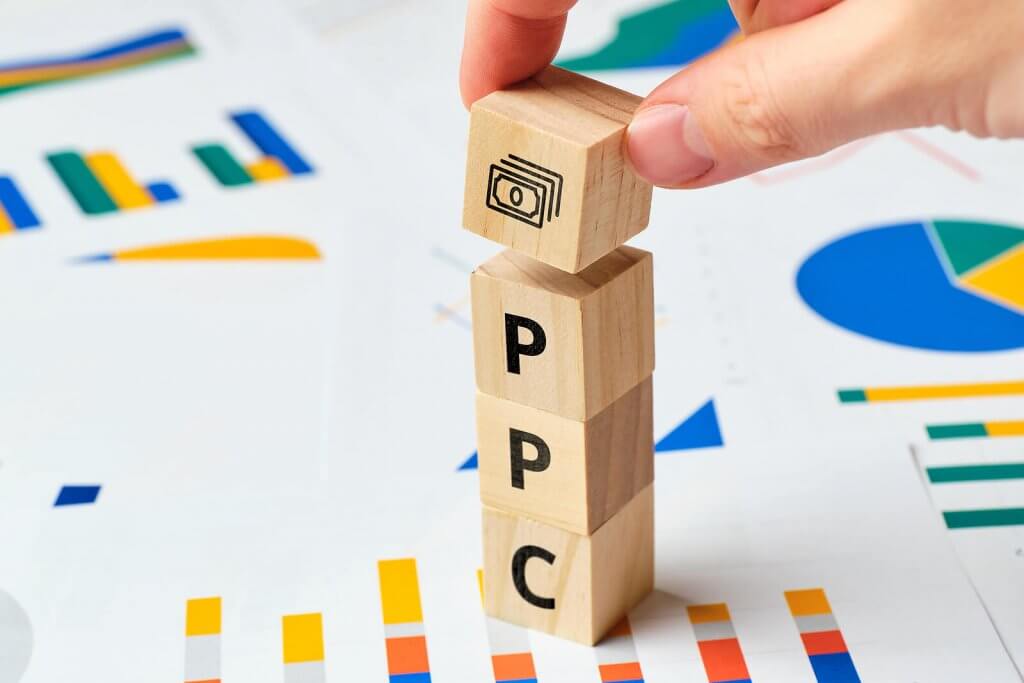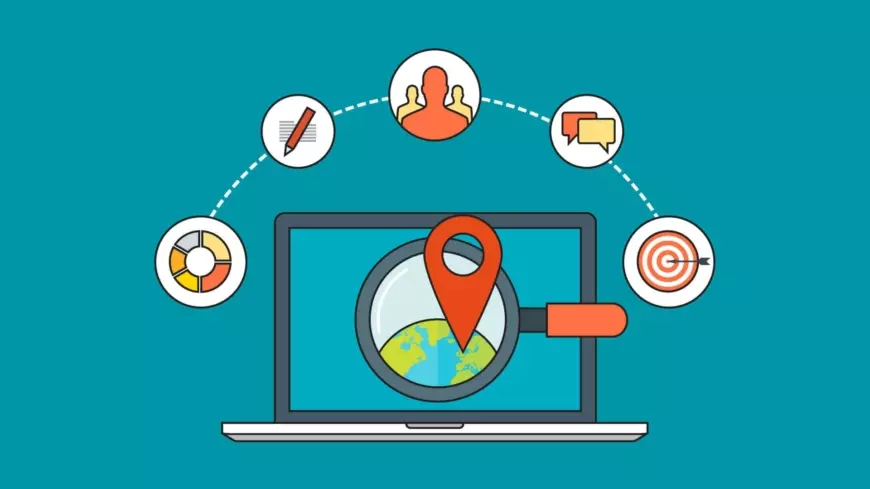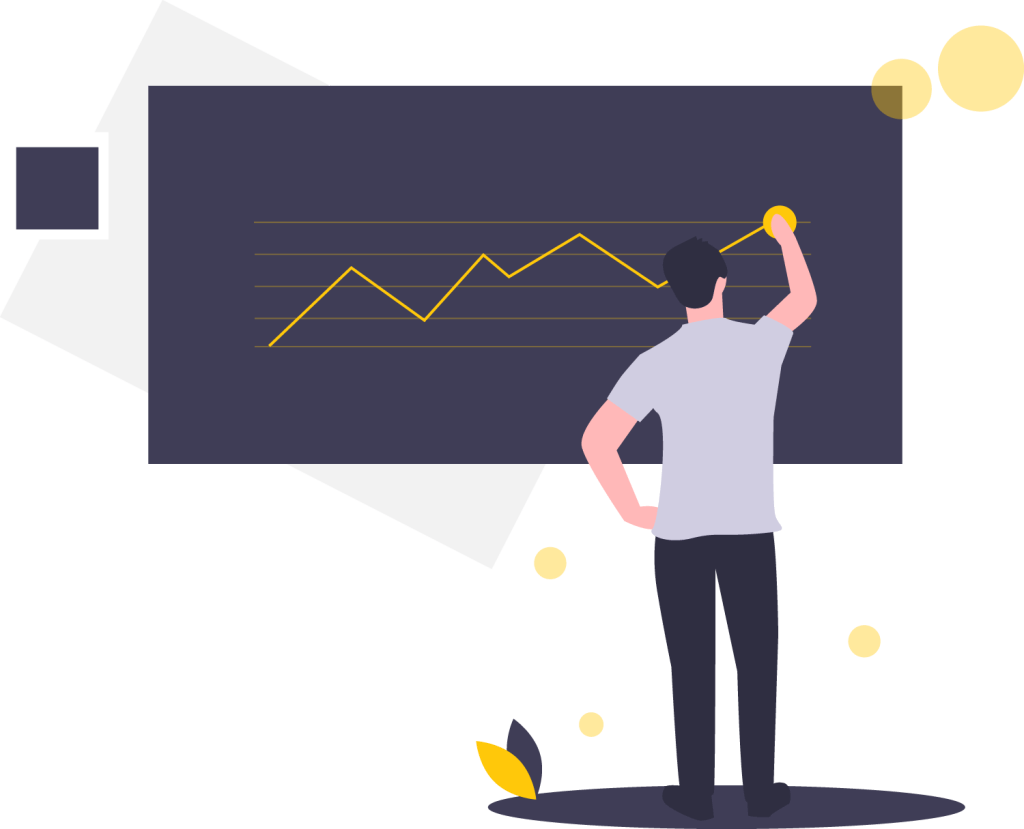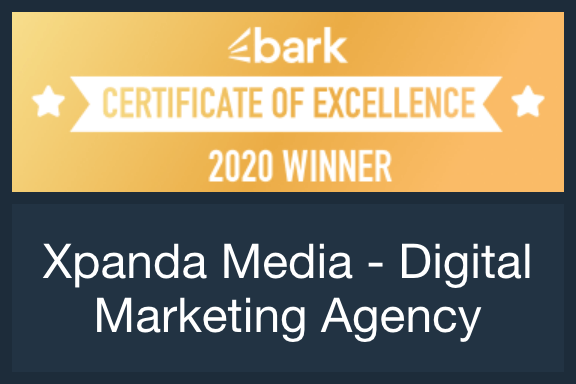An Introduction To Sales Funnels
An Introduction to Sales Funnels
A sales funnel is a marketing technique for capturing visitors through your site and converting as many of those visitors as possible into sales.
Your sales funnel is the most important aspect of your digital marketing campaign when it comes to turning marketing efforts into profit. It’s important to put some time into planning it and make sure it’s at the focus of your web design , traffic sources and email marketing campaigns.
A sales funnel incorporates everything from getting traffic to your site through to making a purchase. The funnel directs web visitors to a desirable outcome. This will make it more likely that you’ll make that sale instead of losing them at some point in their browsing session.
See the diagram below for a simple sales funnel.
The above sales funnel is an example of content marketing and could be adapted to many industries. In this example traffic is sent to the client's site through social media posts, social advertising and organic search. To get this traffic the client would have shared an interesting blog post to their socials or a potential customer found their blog post when searching Google.
Once the prospective customer has reached the site there is a pop up offering a free ebook. It's important to mention that content marketing only works when there is interesting and engaging content on offer. For example the blog post in this scenario would have answered a common question for the client's industry or offered to solve a common problem. The eBook would then extend on the solution to the problem giving the potential customer a reason to exchange their details for it.
Once the potential customer has entered their details they are added to an email marketing campaign that follows up on the problem or question asked in the original blog post.
The email marketing campaign is designed to direct the potential client back to the clients website where they can make a purchase or book in for a sales call.
If this initaial emial marketing campaign fails the prospect is added to a secondary campaign to follow up at less regular intervals.
If the funnel is succesful at turning the prospect into a client they would be added to an upsell campaign.
In this type of sales funnel the concept of a value ladder comes into play.
The first step is offering something for free like an eBook for exchange of something of small value, the prospects details.
The email marketing campaign then follows on from this offer more value in exchange for more value.
see the diagram below.
It's important to mention that the right sales funnel for your business could have 1 step or it could have 30. A great example for this is the sales funnel for an emergency locksmith is very simple. It would be similar to the following;
A potential customer searches for an emergency locksmith when they are locked out of their house.
They find a company on the first page of Google and are sent to a landing page with a clear phone number & click to call button. They call the business and book in their services.
It could even have one step, with search engines now having the ability to call directly from the search results page. Generally speaking the longer the decision making process for the buyer the longer your sales funnel needs to be.
As the customer travels through each stage of the funnel, they are experiencing the following buying stages:
-
Awareness – finding out about your product or service from an ad, Google search, social media mention, or other source
-
Interest – wanting to find out more about your product and service by reading more information or subscribing to your list
-
Decision – at the point of making a buying decision and considering different packages and options
-
Action – finalising the sale.
Once your sales funnel is built and you are getting traffic to your landing pages you can start to optimise your results.
There are 2 main focuses here.
-
Track what traffic sources your conversions are coming from and figure out what your cost per conversion is. With this data you can focus your traffic efforts into the areas that result in the best ROI. This is done through Google analytics or similar programs.
-
Track what users are doing on your website with Conversion Rate Optimisation tools such as heat mapping tools, confetti tools and scroll mapping tools. This will ensure your website and landing pages is converting as much traffic as possible.
Conversion rate optimisation should be a constant part of your digital marketing strategy. It is common to notice a fluid trend in traffic sources where social media might be the most profitable at one point but search traffic could take over at a later date depending on consumer behaviour.
Keep your sales funnels in mind as you design your site and build your overall marketing strategy and you’ll optimise your conversions and make more sales.
Related Tag: Digital Marketing Services Newcastle



